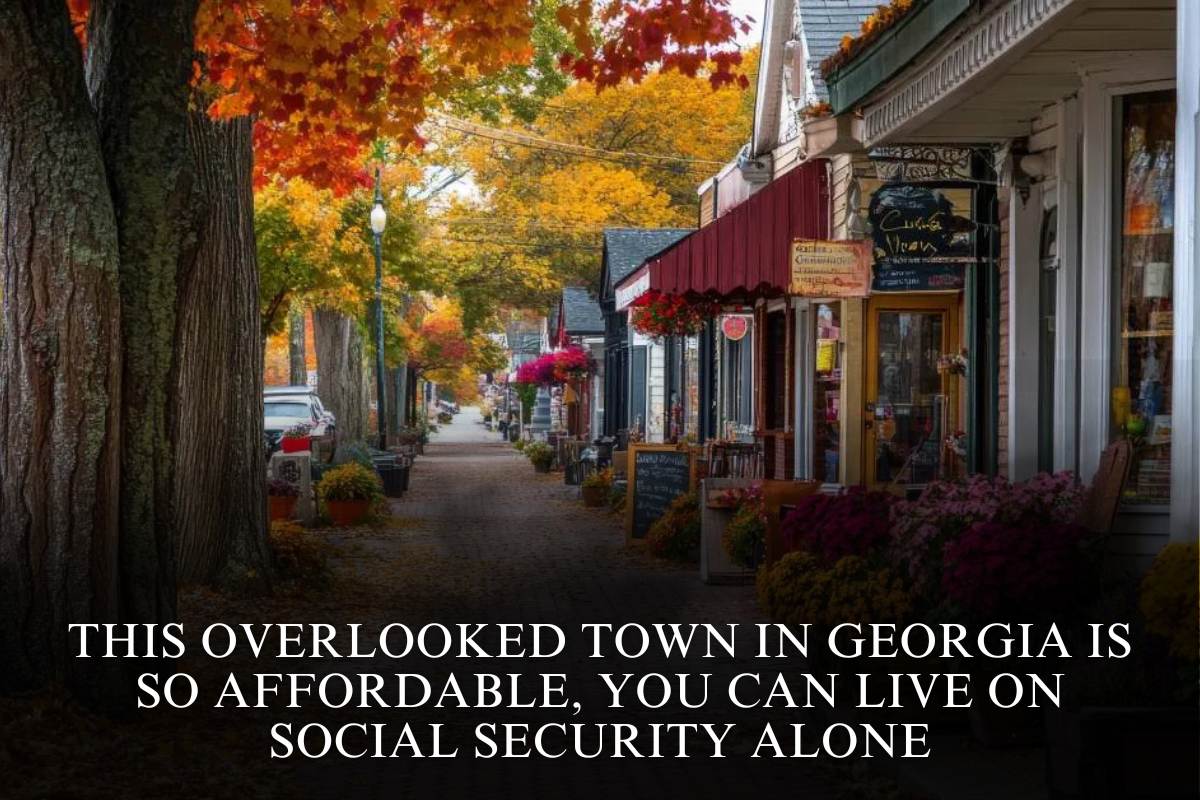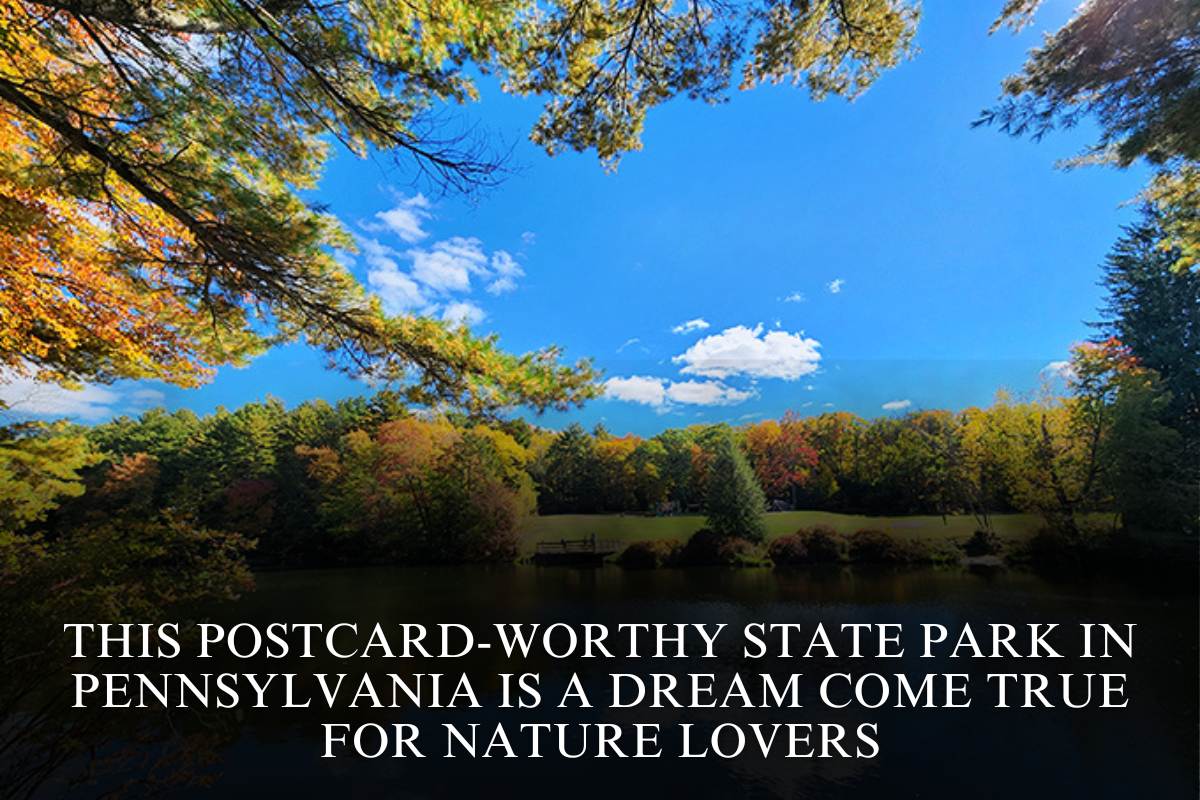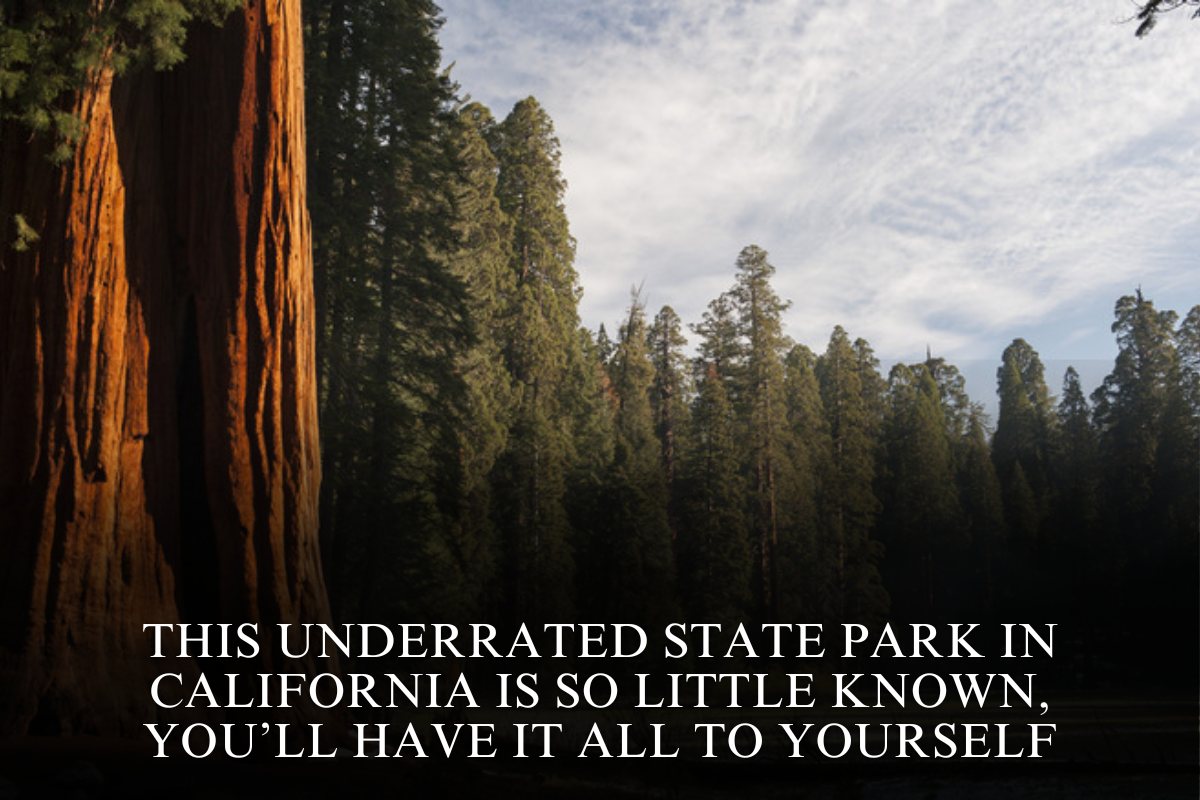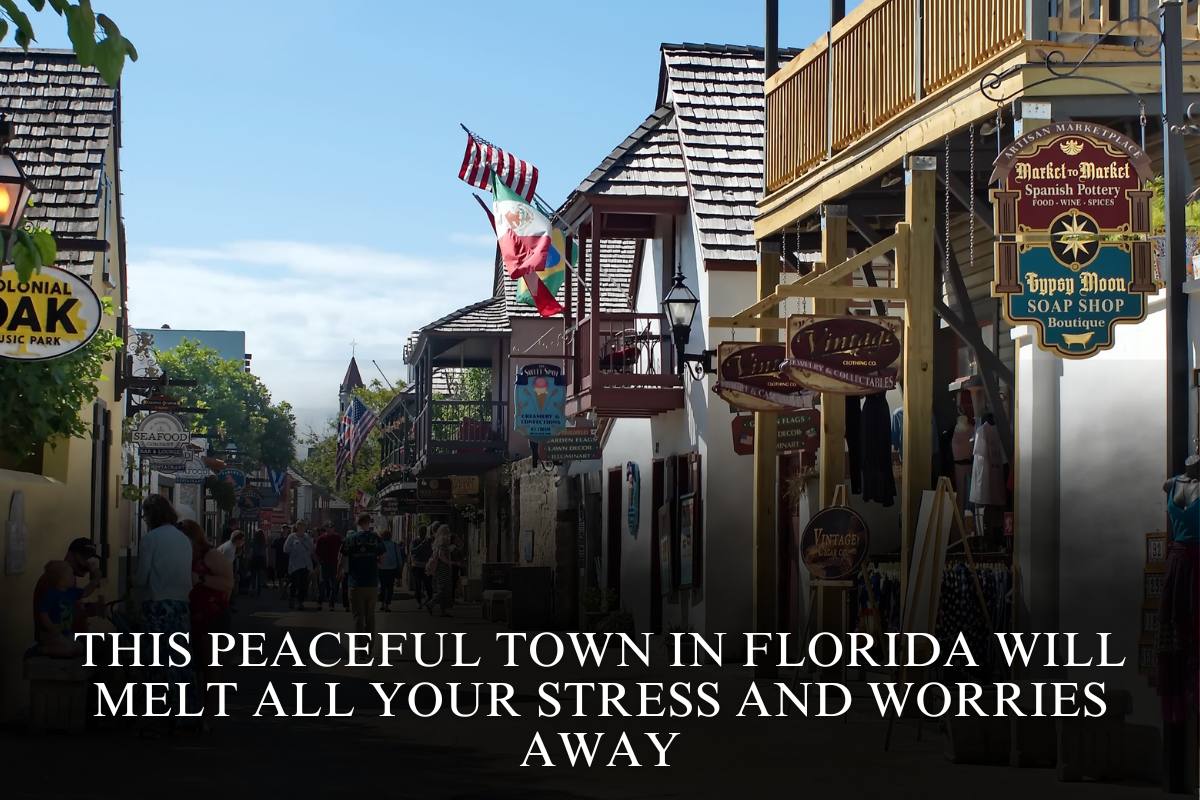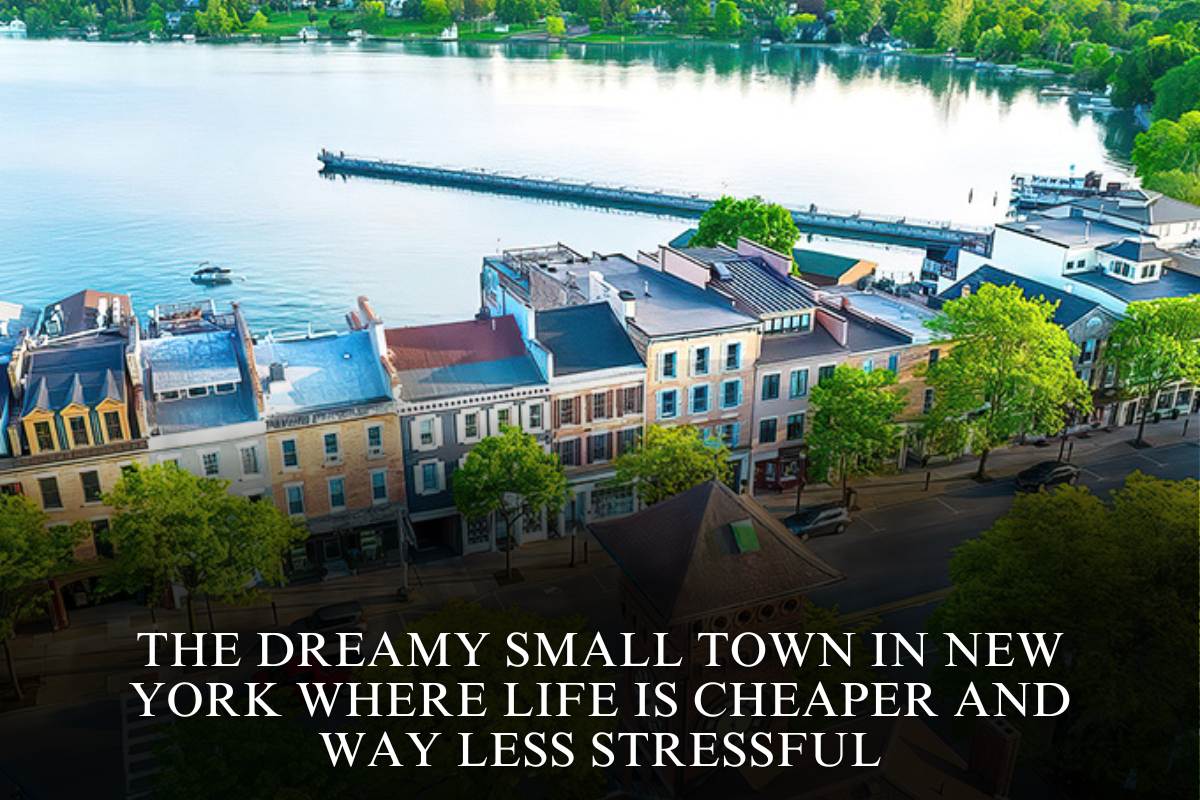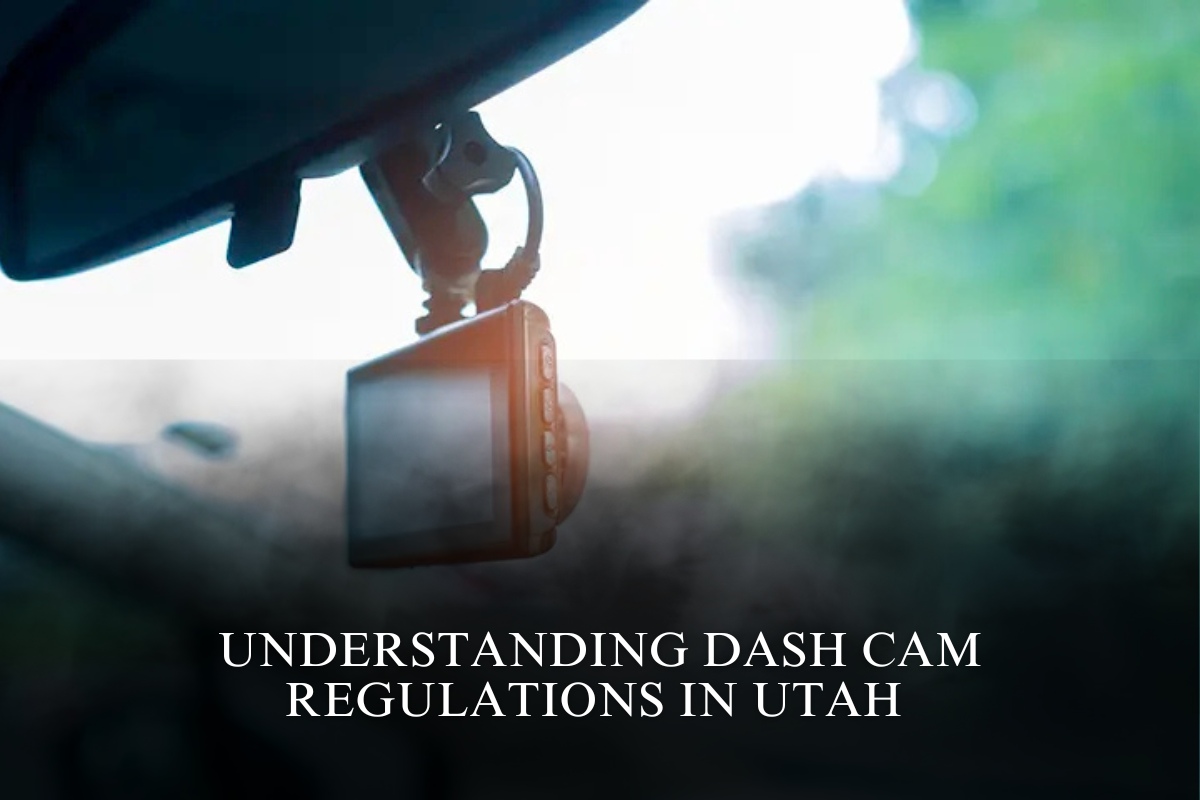When you think of dangerous tourist attractions in the United States, Nevada ranks high on the list—not just for its notorious city nightlife, but for its extreme destinations and hidden hazards that draw thrill-seekers and curiosity hunters alike.
Sedan Crater: Atomic History Meets Present-Day Peril
The Sedan Crater, located within the Nevada National Security Site (NNSS), stands out as the single most notorious attraction flagged for hazard in national and international rankings for 2025. Created by a massive underground nuclear explosion in 1962, Sedan Crater is now the largest man-made crater in the United States.
This blasted bowl stretches out more than 1,280 feet in diameter and plunges over 300 feet deep, drawing about 10,000 visitors annually—most hoping to glimpse a unique remnant of the Atomic Age or to take part in limited guided tours.
Why is Sedan Crater considered dangerous?
Lingering Radiation: Though tours are closely managed and reported levels are typically well below hazardous thresholds, concerns remain about lingering radioactivity in the area. Tour guides rigorously enforce restricted zones, yet the psychological sense of risk persists, and the legacy of nuclear testing adds unease to every visit.
Rugged, Remote Landscape: Accessing the site means traveling across desolate desert terrain, far from emergency services. Sudden weather changes and minimal infrastructure magnify the consequences of any missteps.
Unforgiving Environment: The crater itself, with loose, crumbling soil and steep edges, poses fall risks for the curious who stray too near. Fatigue, dehydration, and heatstroke in the harsh Nevada sun can all compound the danger for unprepared travelers.
Deadly Roads: The Peril of Nevada’s Highways
Beyond Sedan Crater, some of the most dangerous places for tourists in Nevada are not attractions in the traditional sense, but the highways and intersections leading to or around them—especially in Las Vegas.
High-Risk Areas for Tourists:
Las Vegas Boulevard (The Strip): Iconic, congested, and a magnet for both pedestrians and vehicles, The Strip is one of the most accident-prone stretches in the state.
Dangerous Intersections: Notorious crossroads like Flamingo Road at Rainbow Boulevard, Sahara Avenue at Decatur Boulevard, and Charleston Boulevard at Rainbow Boulevard see frequent, sometimes fatal collisions. Causes include aggressive driving, distracted (often tourist) drivers, and heavy foot traffic.
Remote Highways: Roads like US Route 93 (between Las Vegas and Great Basin National Park) and US Route 50 (“The Loneliest Road in America”) have some of the highest fatality rates. Long, isolated stretches increase the risk of driver fatigue, delayed emergency response, and severe consequences for any accident.
The Urban Danger: Las Vegas Crime
Millions flock to Las Vegas for entertainment, but its urban corridors—especially around the Fremont Street Experience—have violent and property crime rates far above national averages, doubling with the influx of tourists. Wandering off well-patrolled streets late at night or into unfamiliar neighborhoods can be hazardous for unsuspecting visitors.
Why Do These Spots Persist in Popularity?
Despite the risks, these dangerous locations in Nevada remain top draws:
Curiosity and History: The allure of seeing the site of an atomic blast or experiencing the extremes of desert wilderness is powerful.
Icon Status: Places like Las Vegas Boulevard and the Nevada highways are etched into America’s tourist psyche.
Safety Tips
Follow all warnings and heed tour guide instructions at places like Sedan Crater.
Stick to main streets and avoid wandering alone at night in downtown Las Vegas.
Drive cautiously, especially after dark or on unfamiliar roads. Prepare for emergencies with water, maps, and emergency contacts.
Nevada’s “most dangerous tourist attractions” are as compelling as they are hazardous—a testament to the state’s wild past and unpredictable present. Whether it’s the Sedan Crater’s atomic legacy, treacherous highways, or the bustling Vegas Strip, each spot promises unrivaled stories for those prepared to visit safely.
Sources
[1] https://timesofindia.indiatimes.com/travel/destinations/these-are-americas-most-dangerous-tourist-attractions/photostory/103839704.cms
[2] https://www.shookandstone.com/newsroom/las-vegas-dangerous-intersections-what-you-need-to-know-in-2025/
[3] https://www.eastonlawoffices.com/blog/most-dangerous-roads-and-intersections-in-nevada/
[4] https://www.heidarilawgroup.com/blog/top-50-dangerous-roads-highways-nevada/
[5] https://www.safehome.org/safest-cities/nv/

